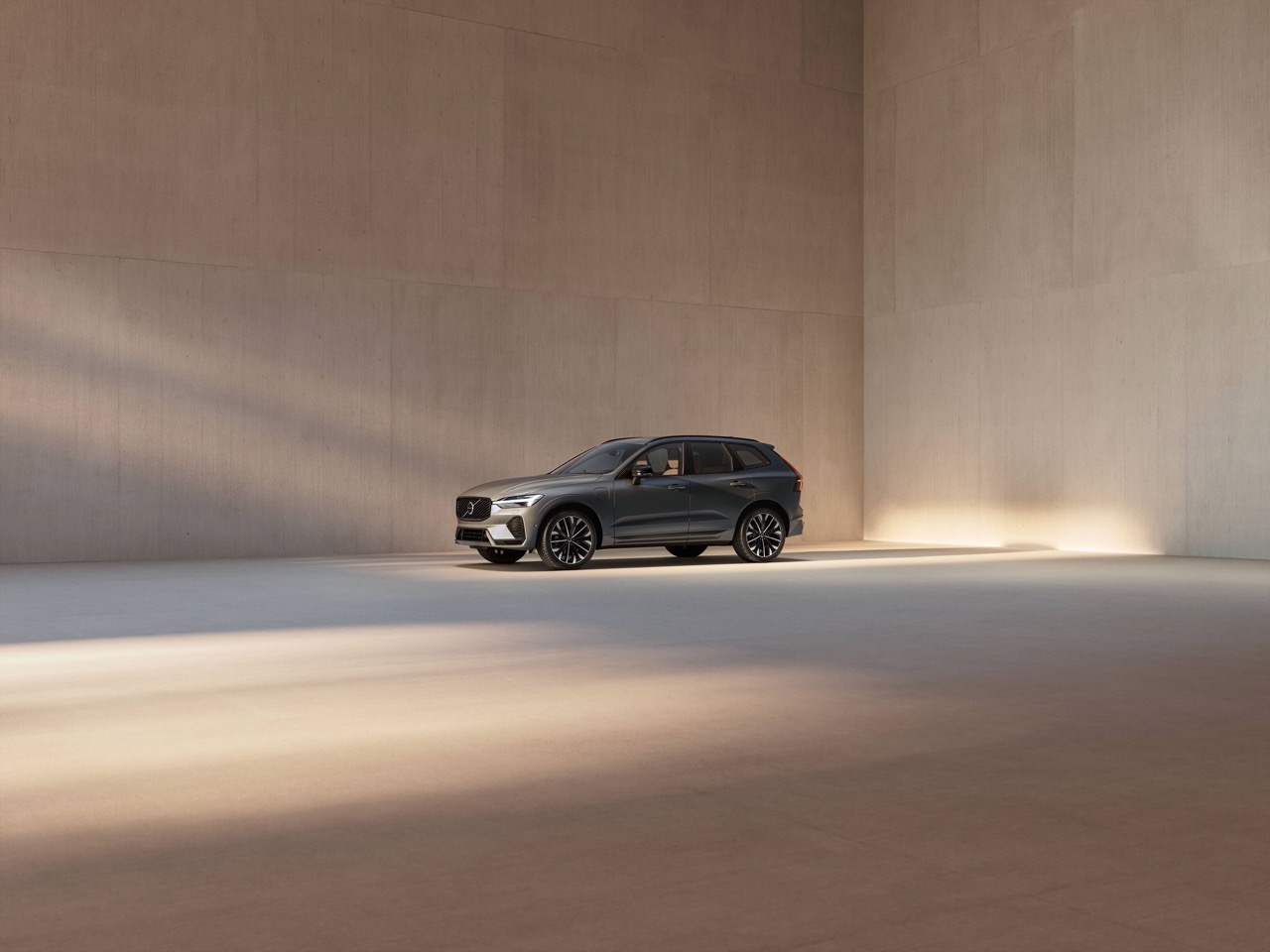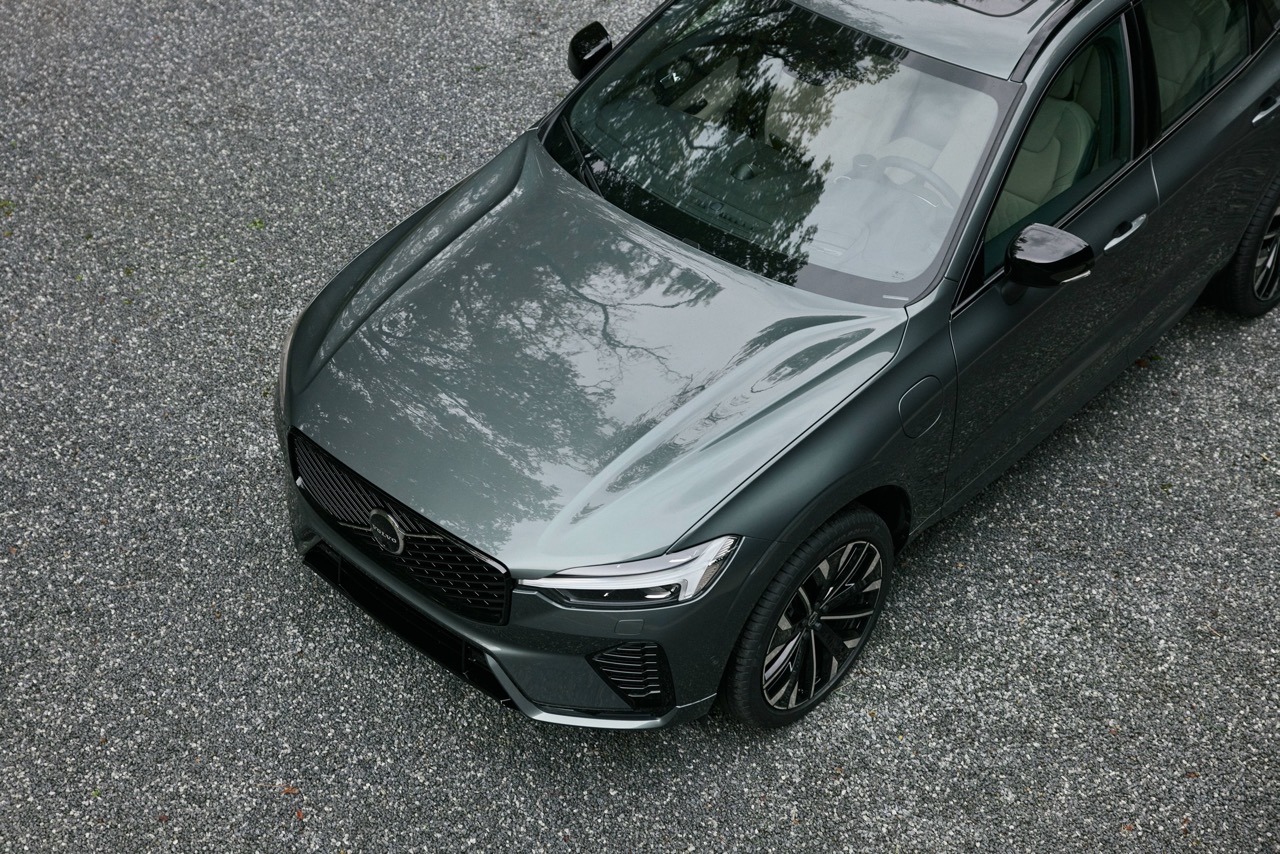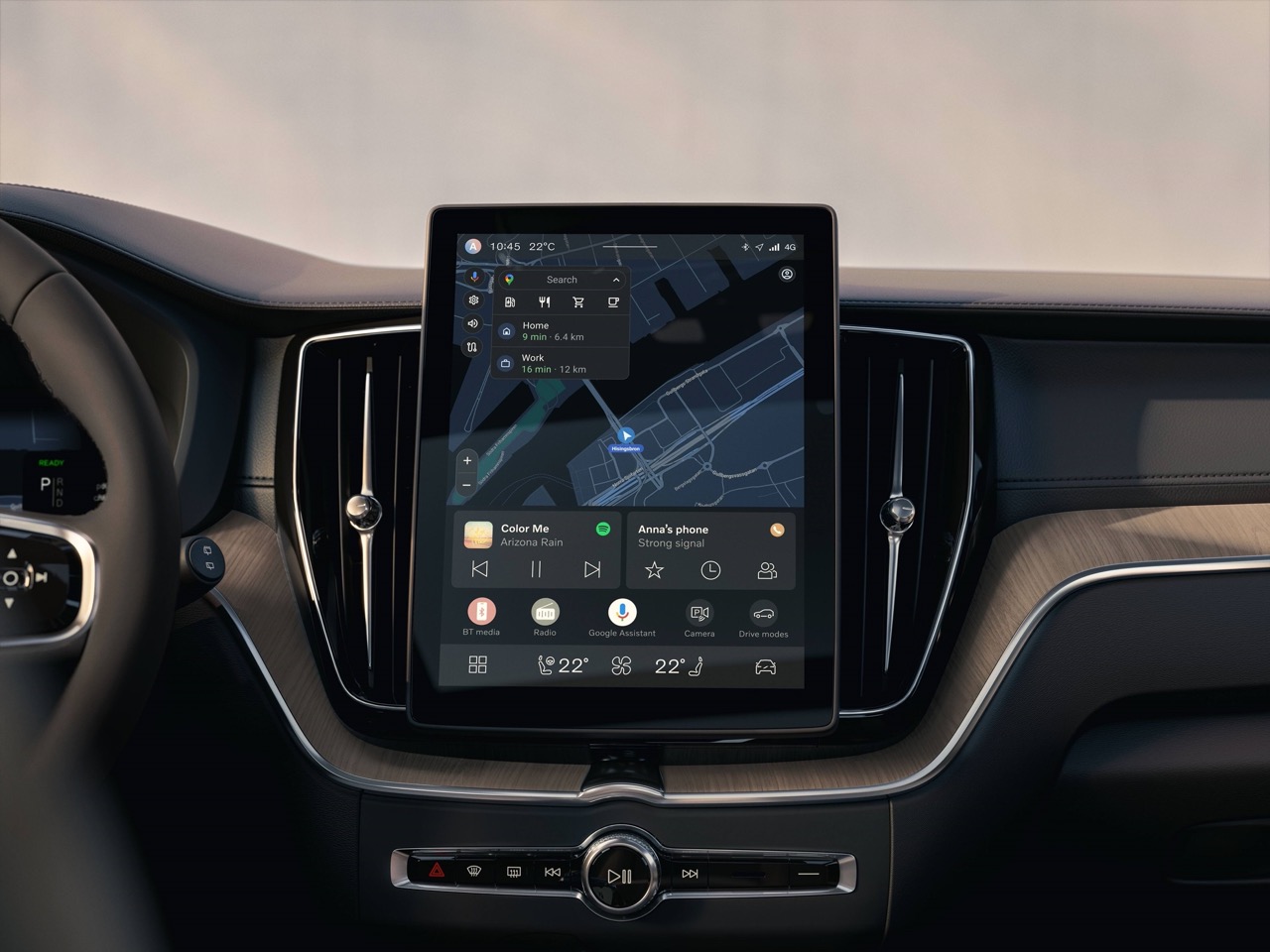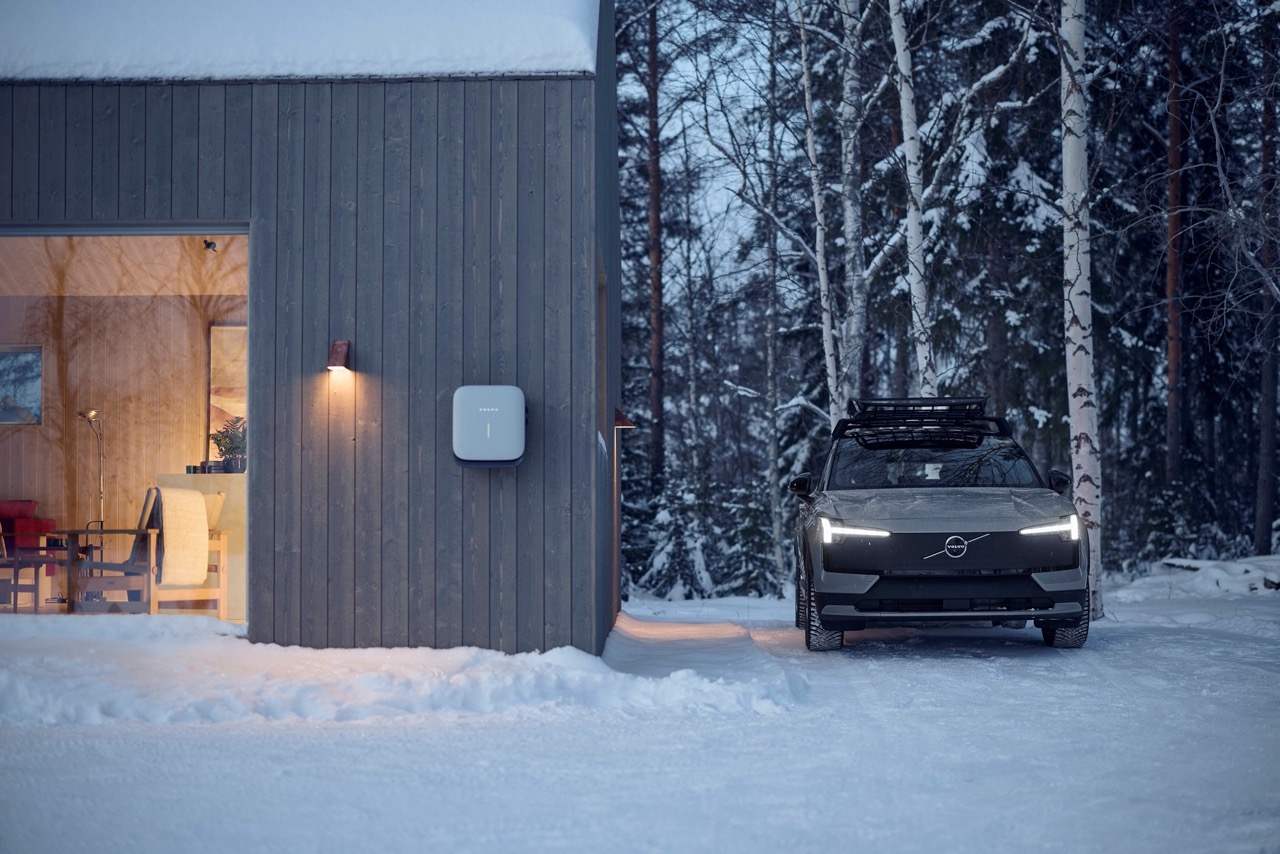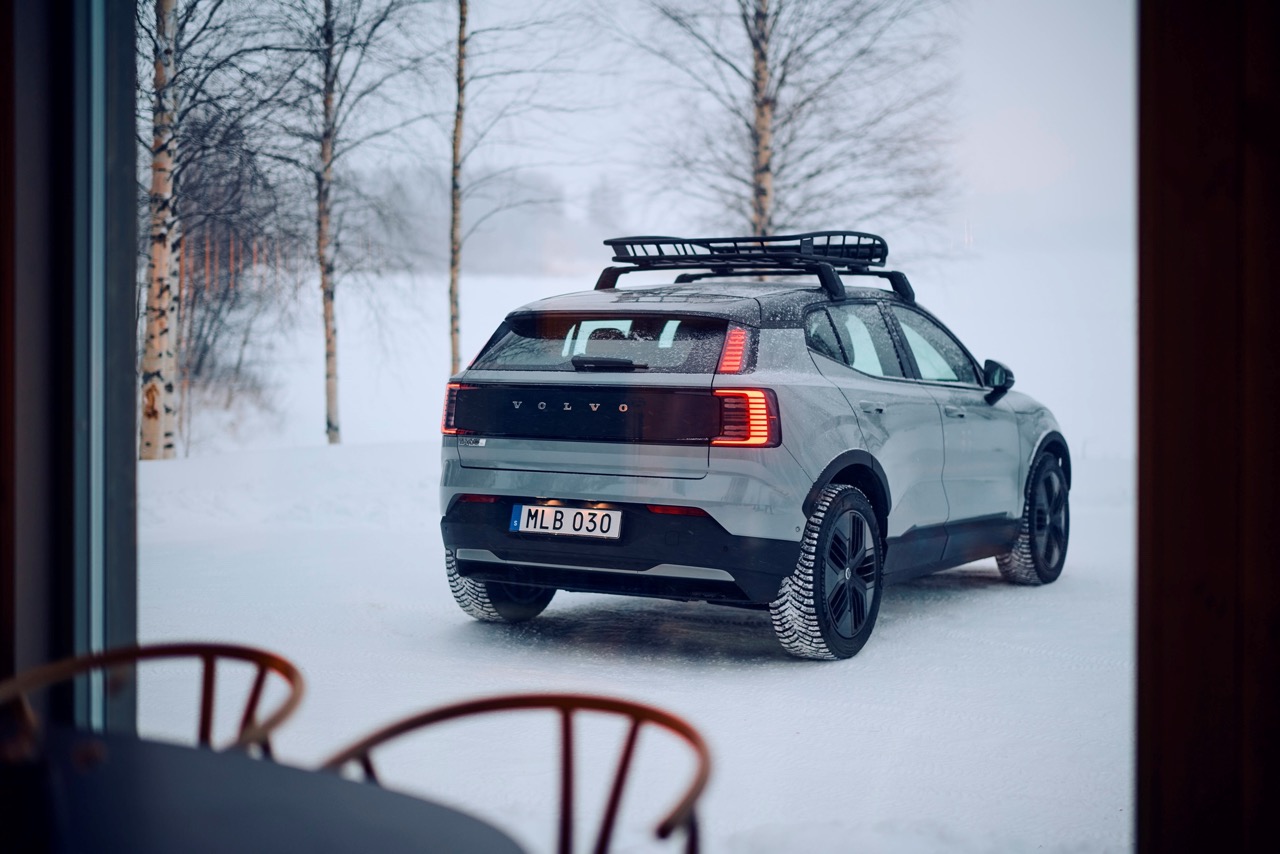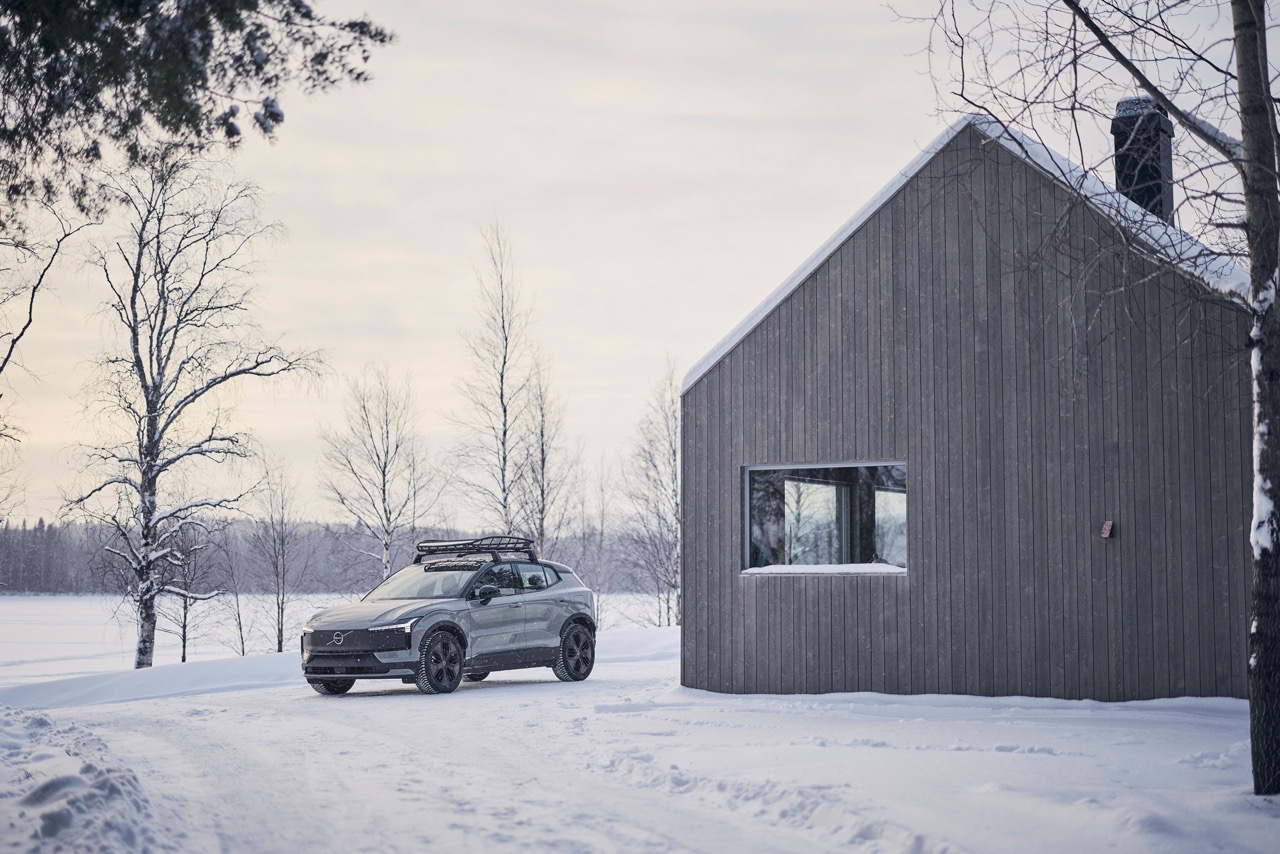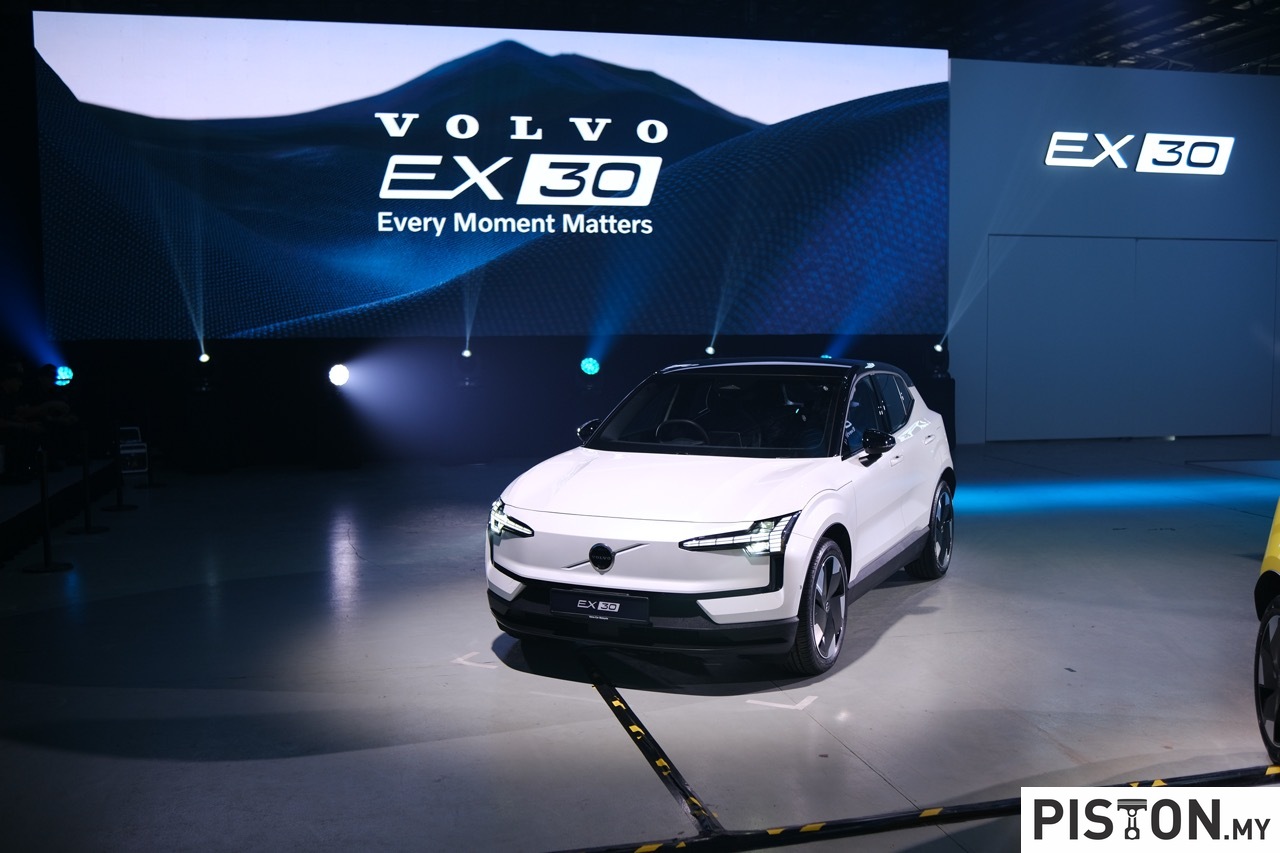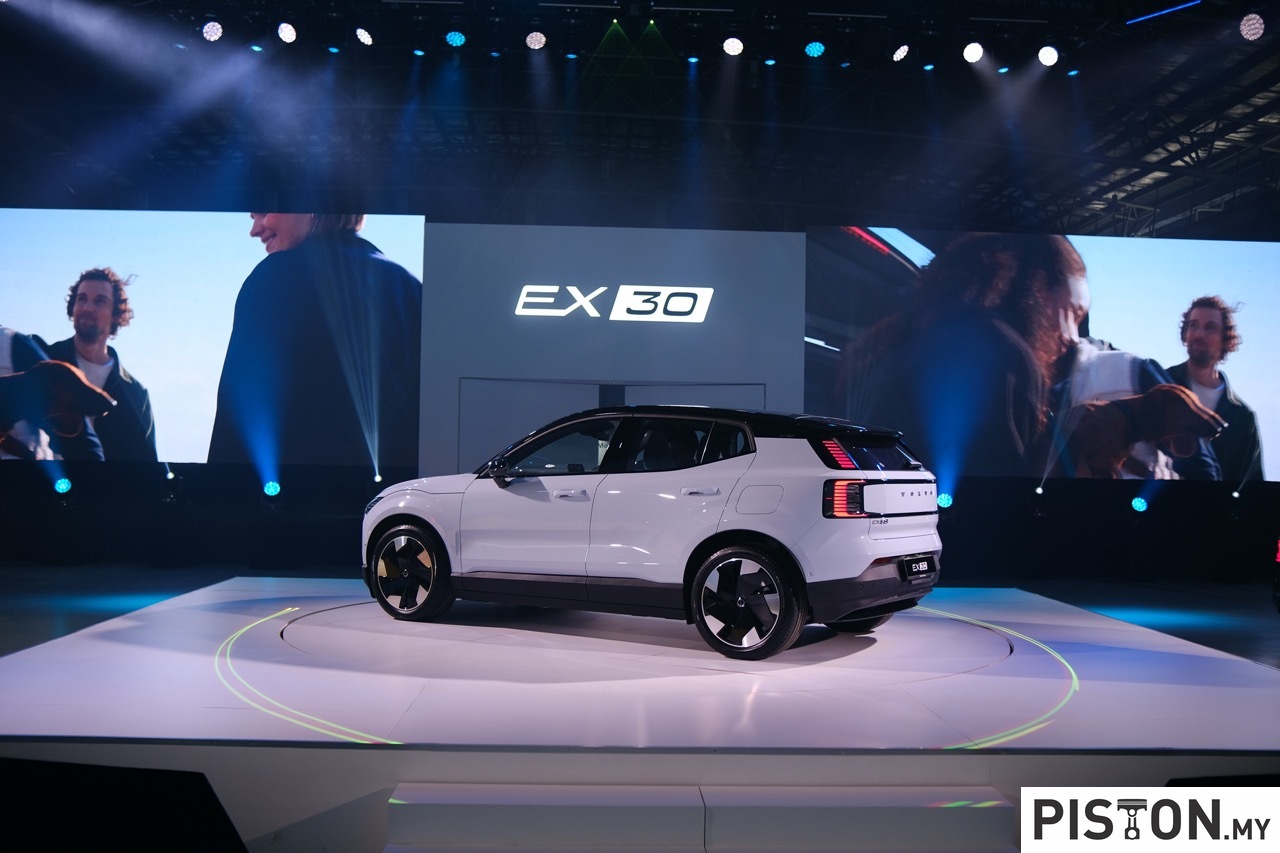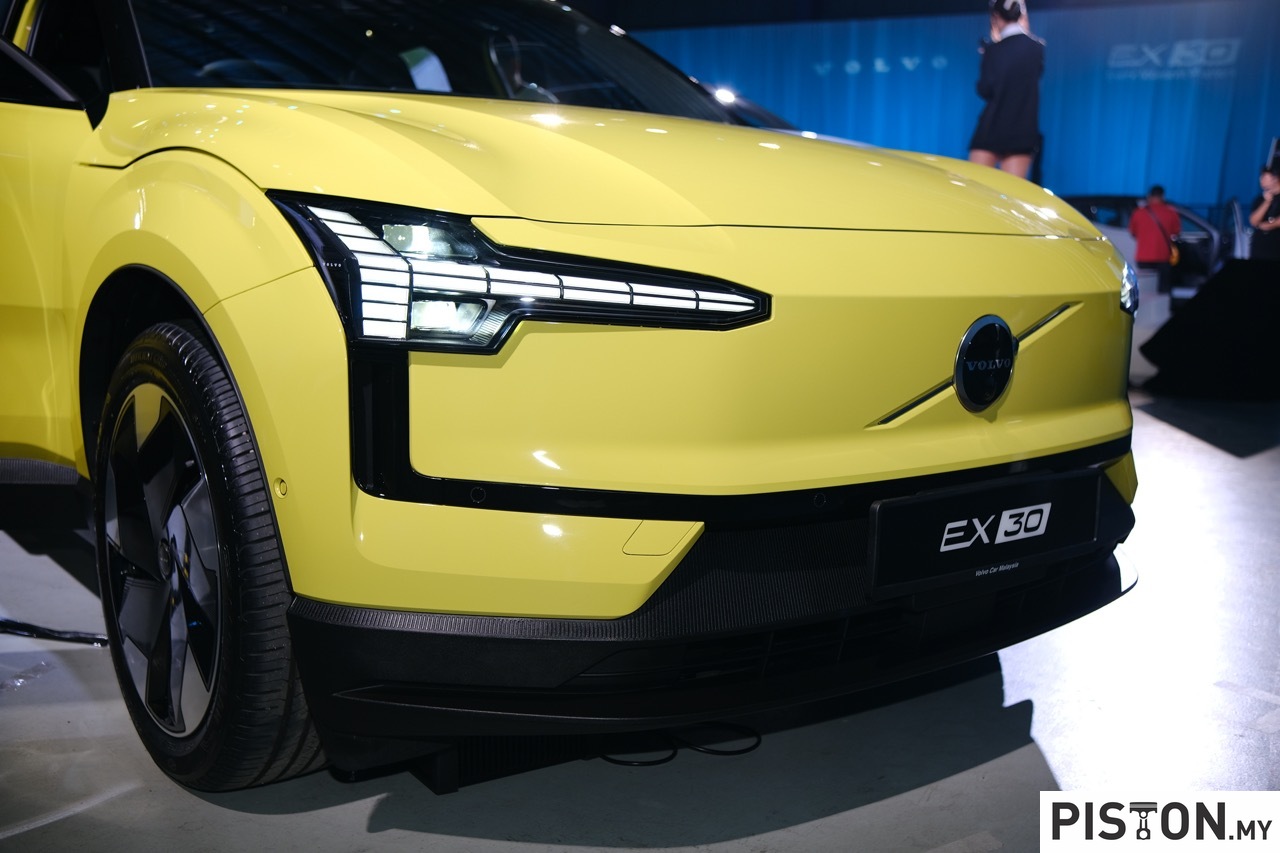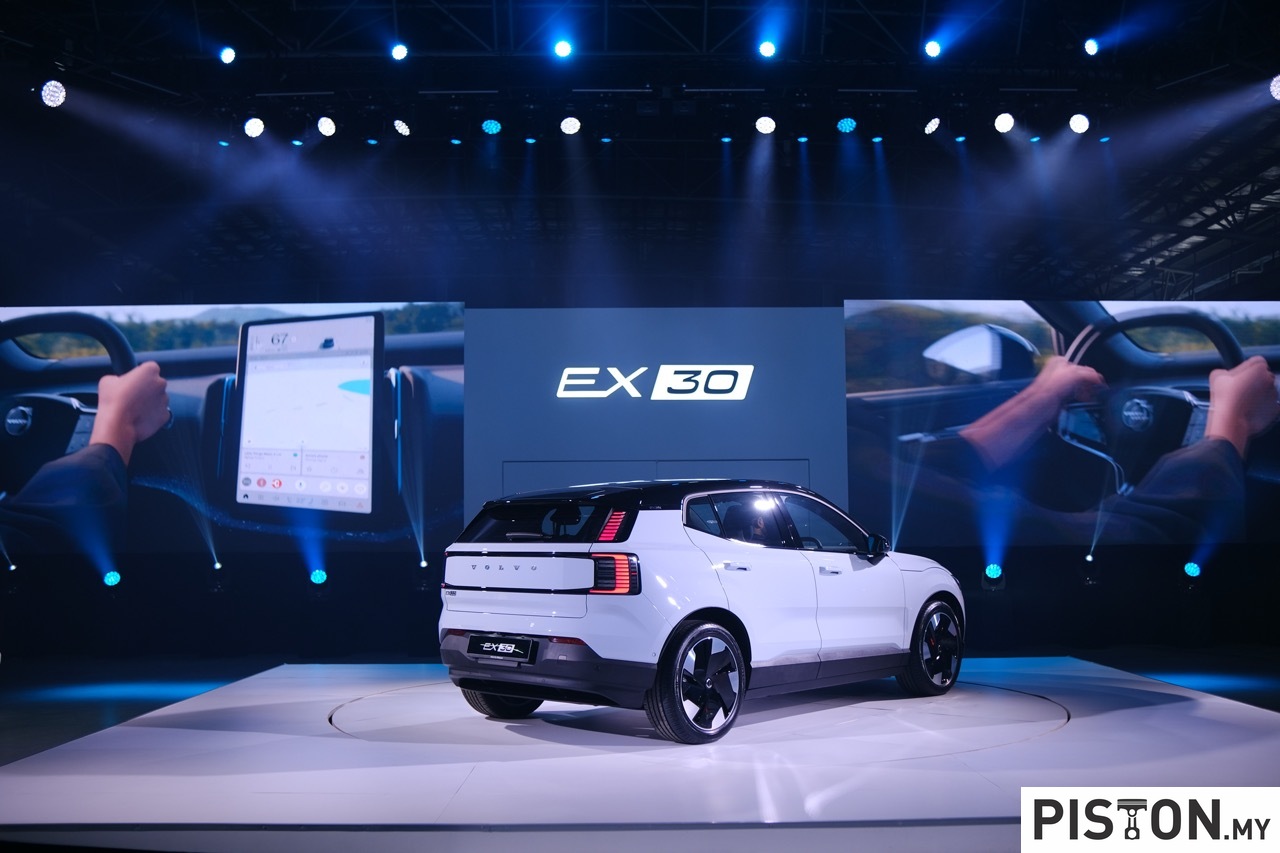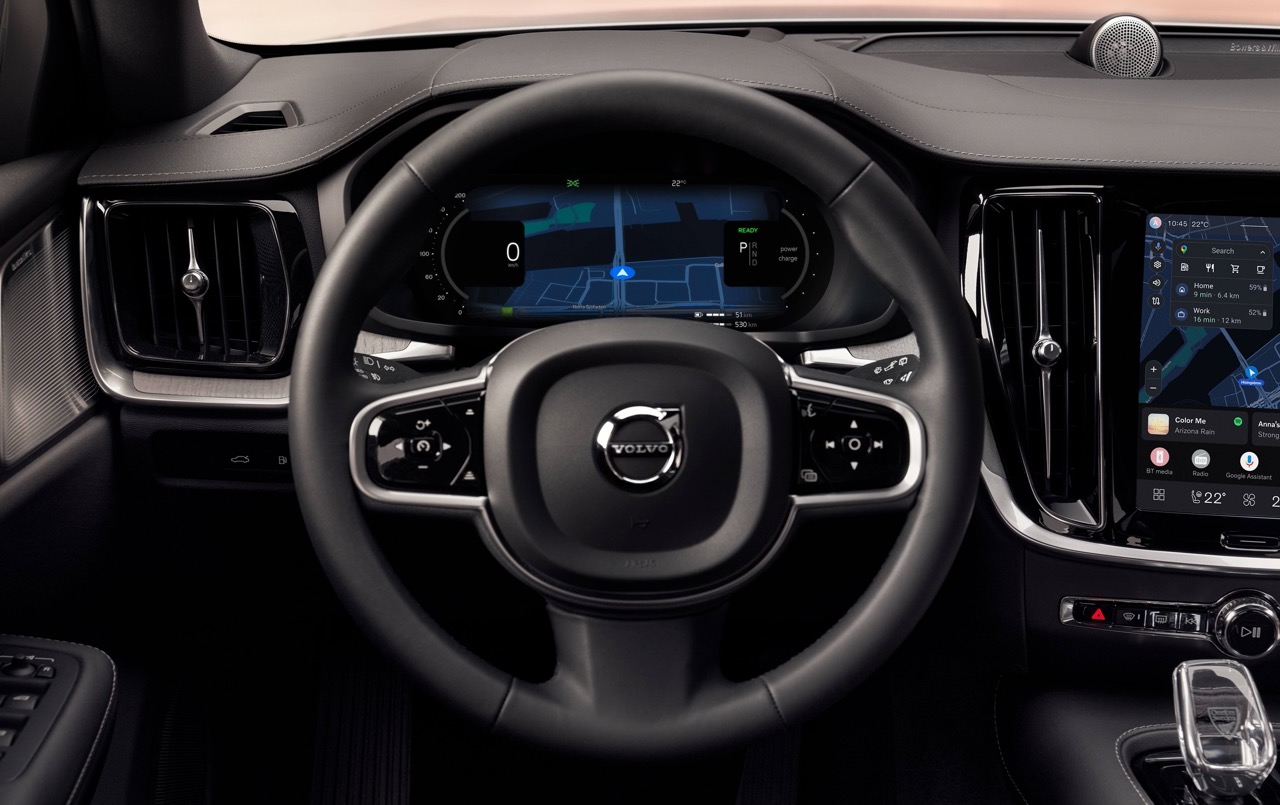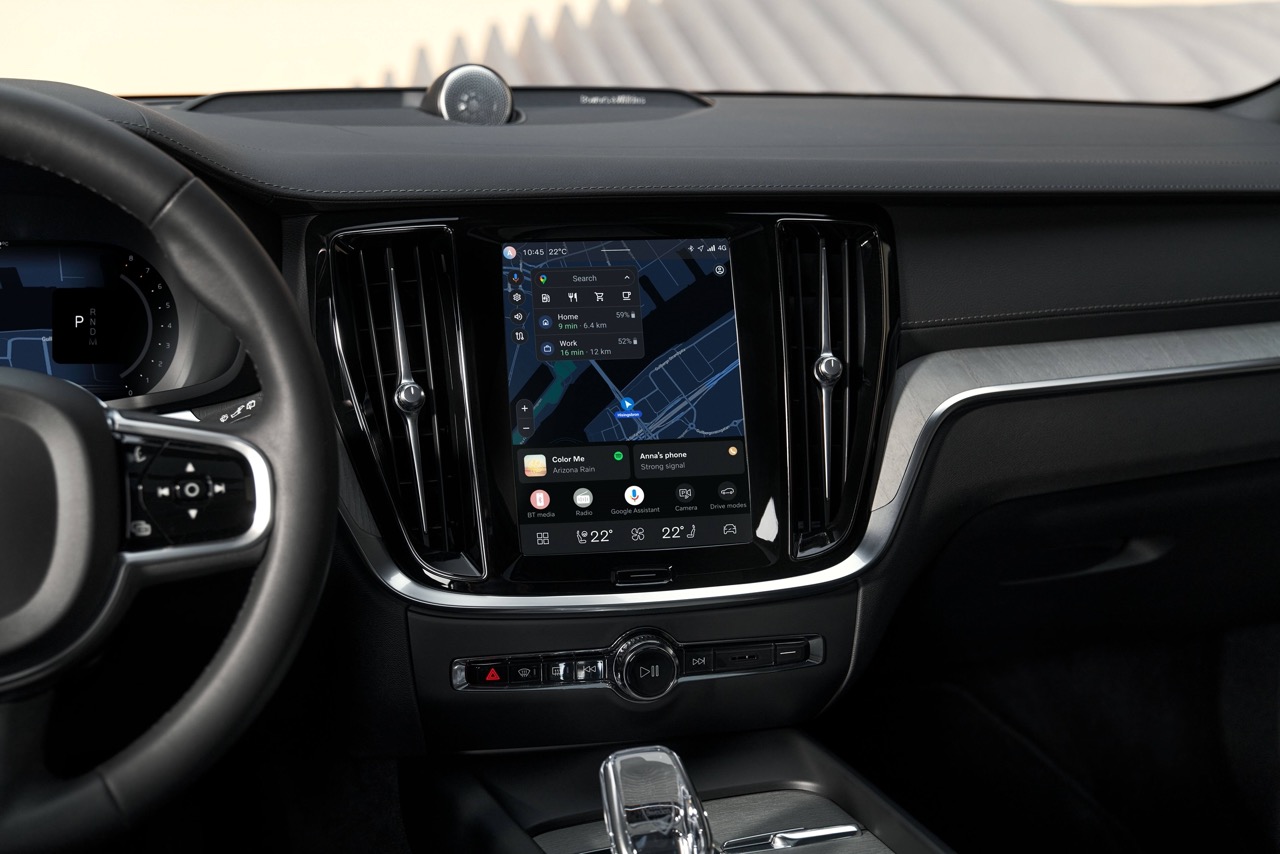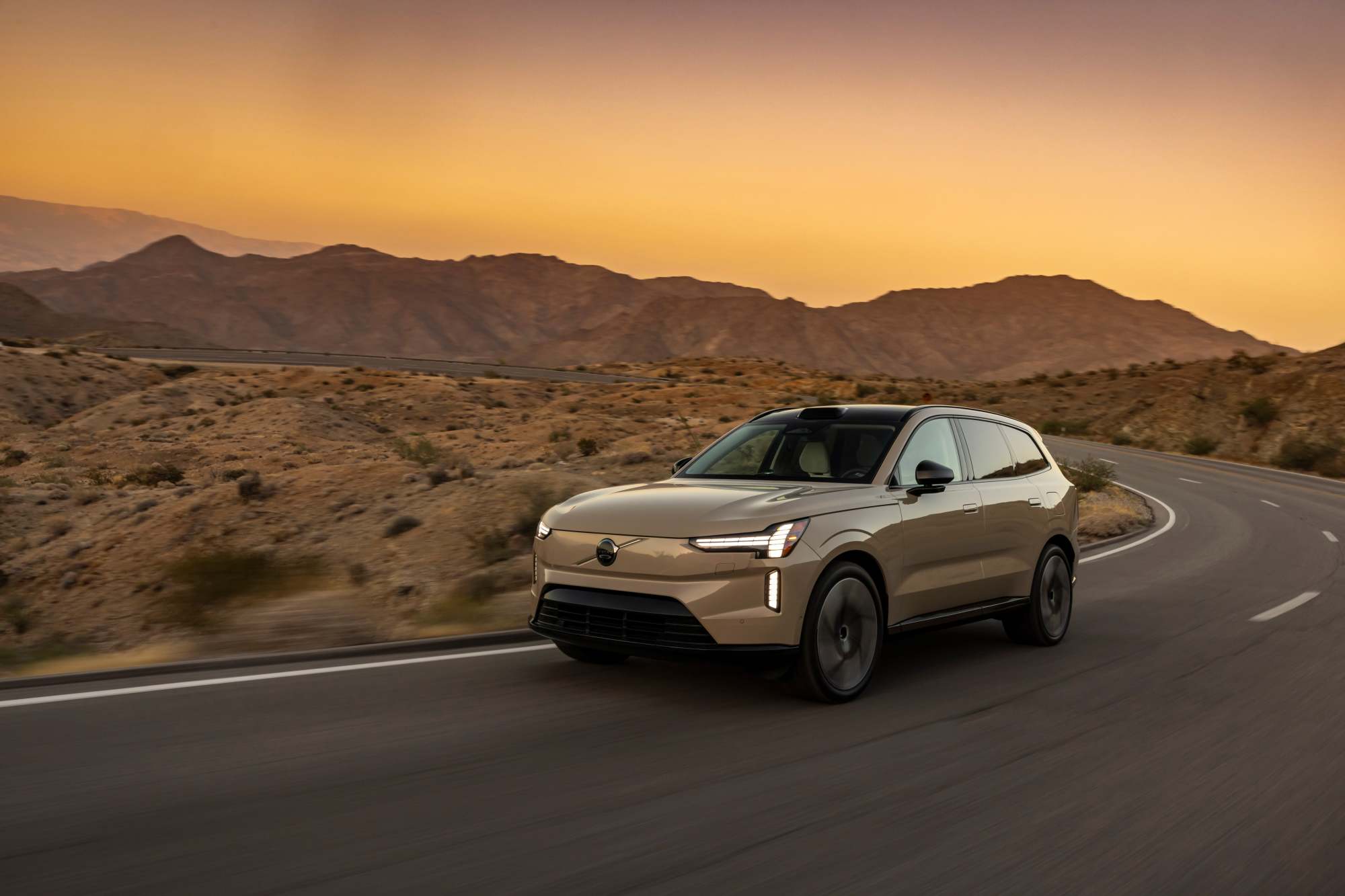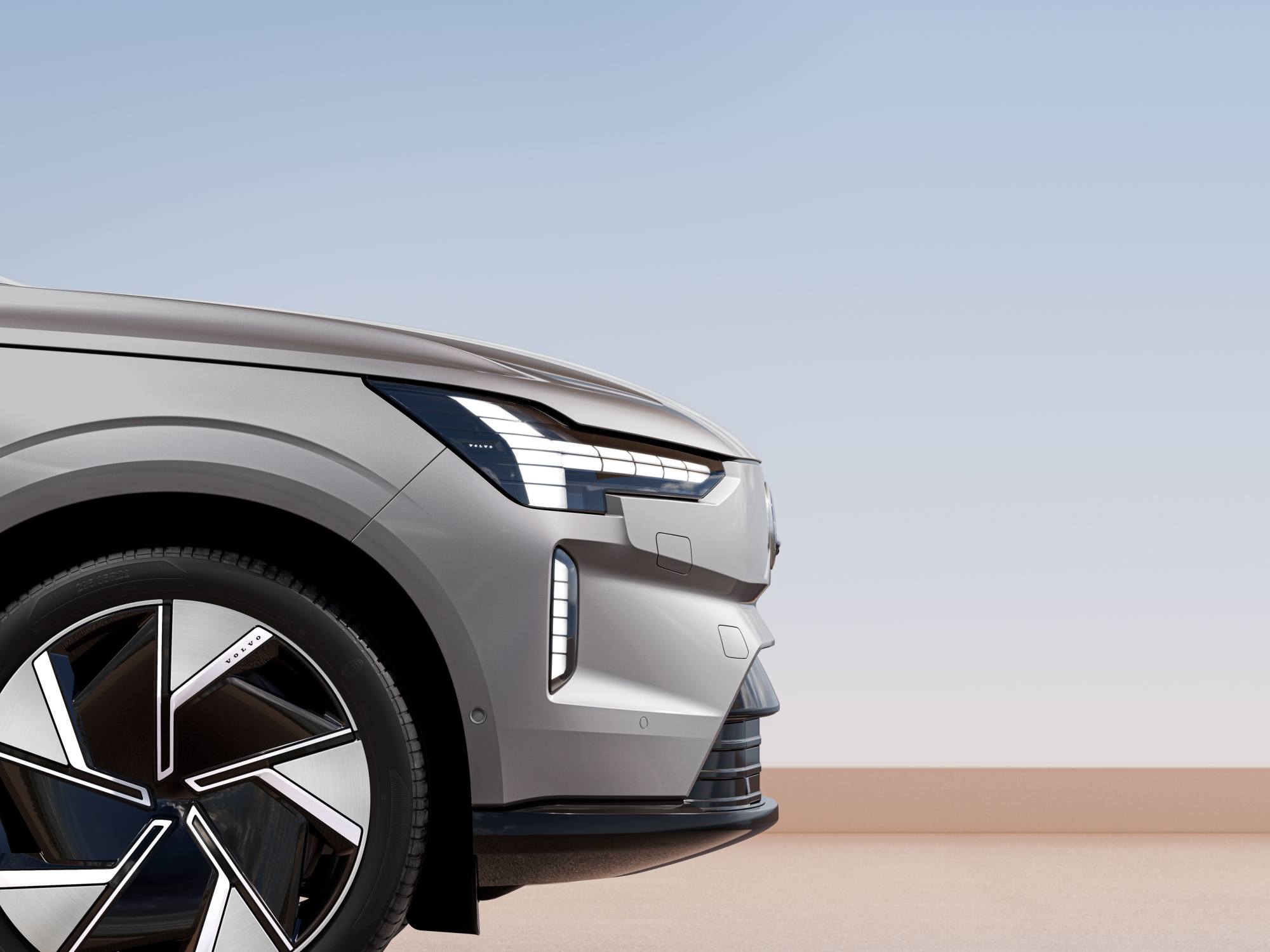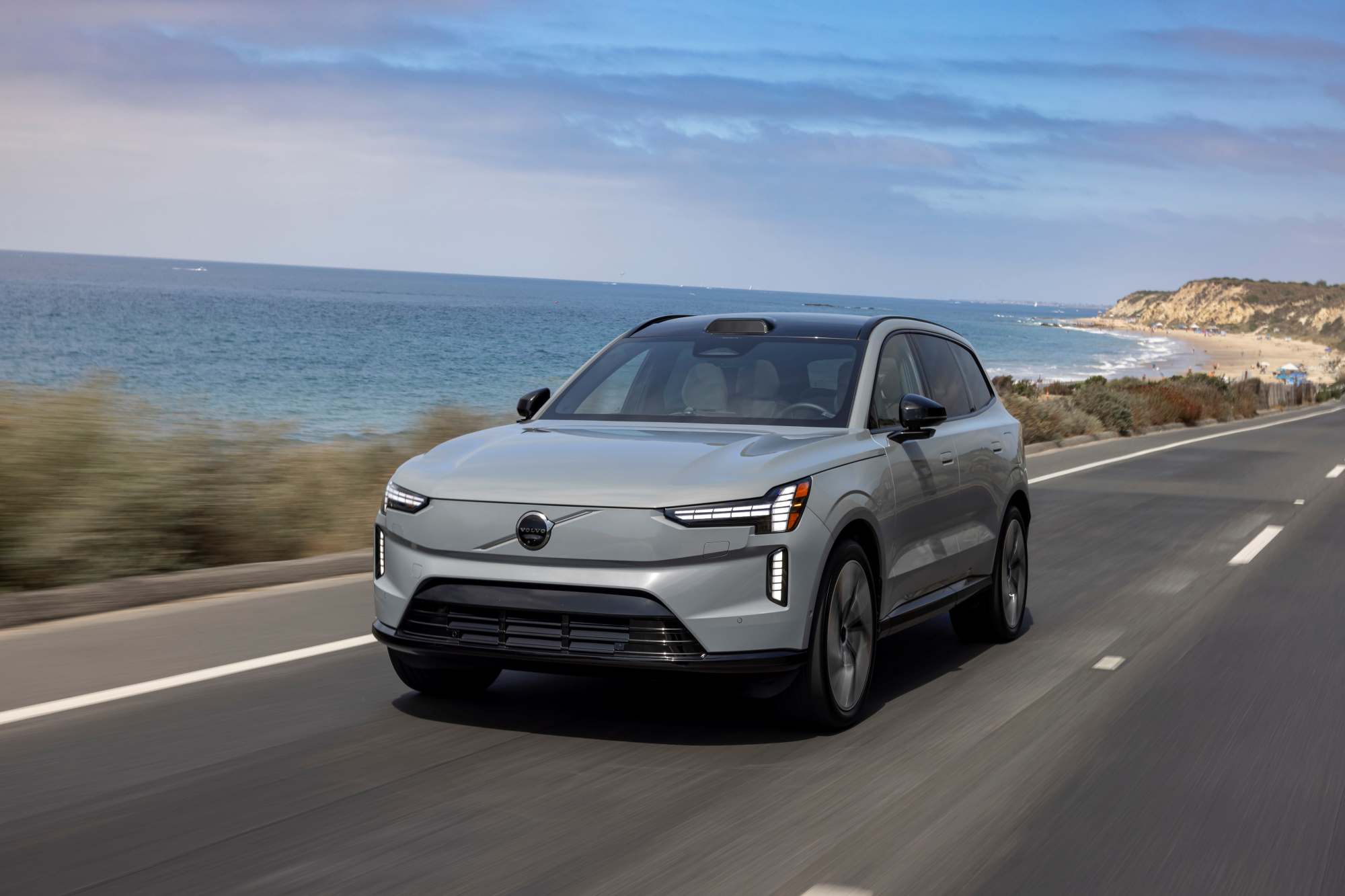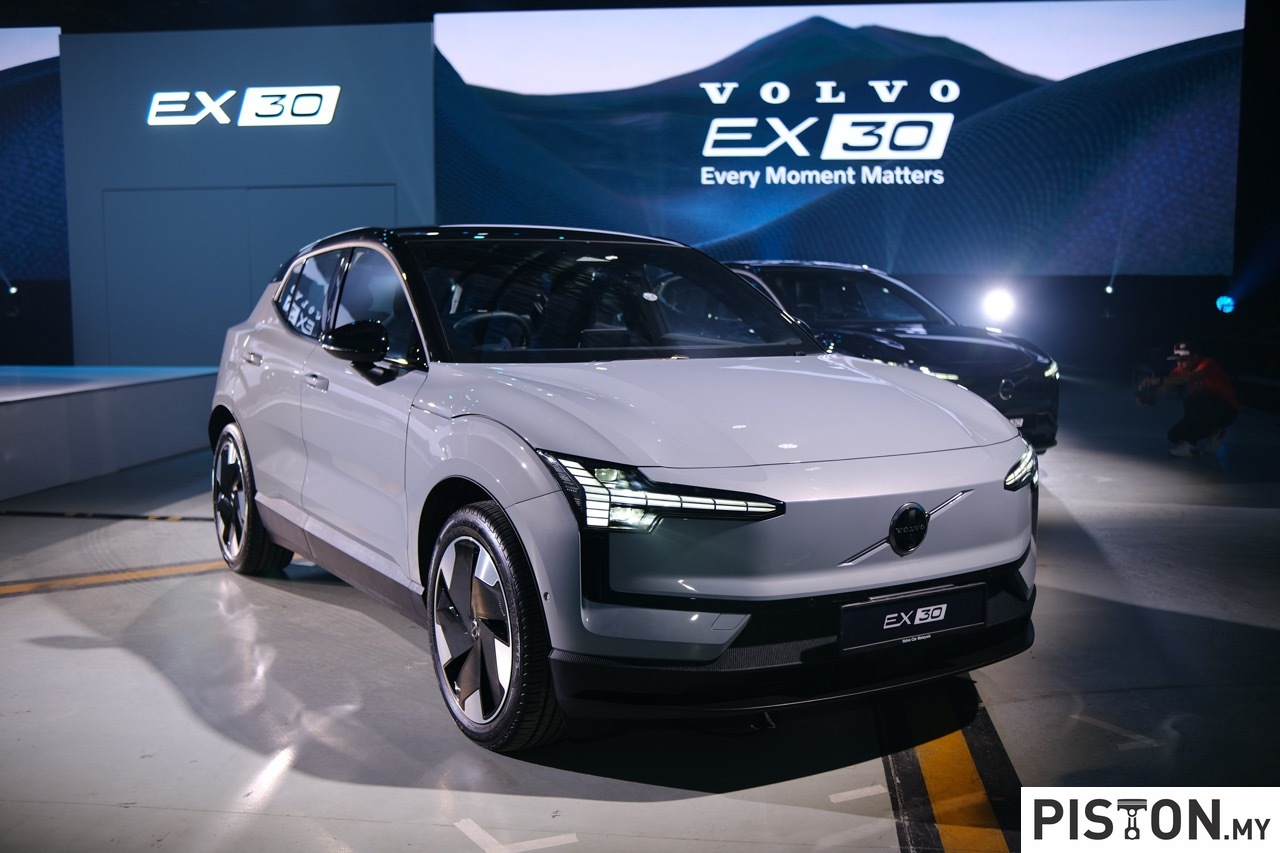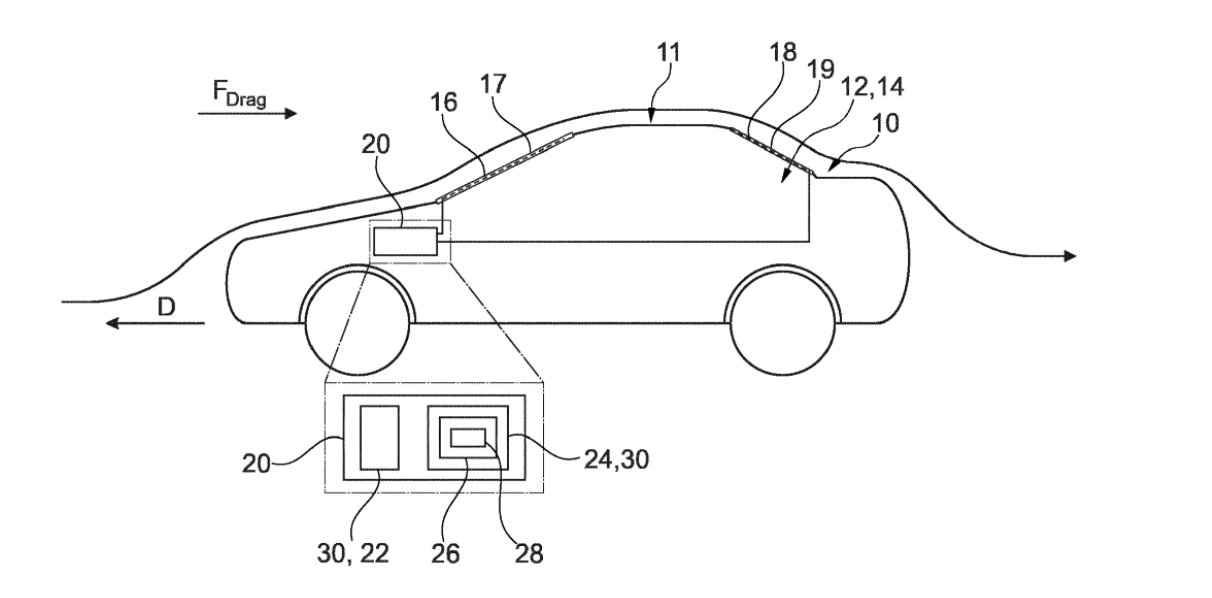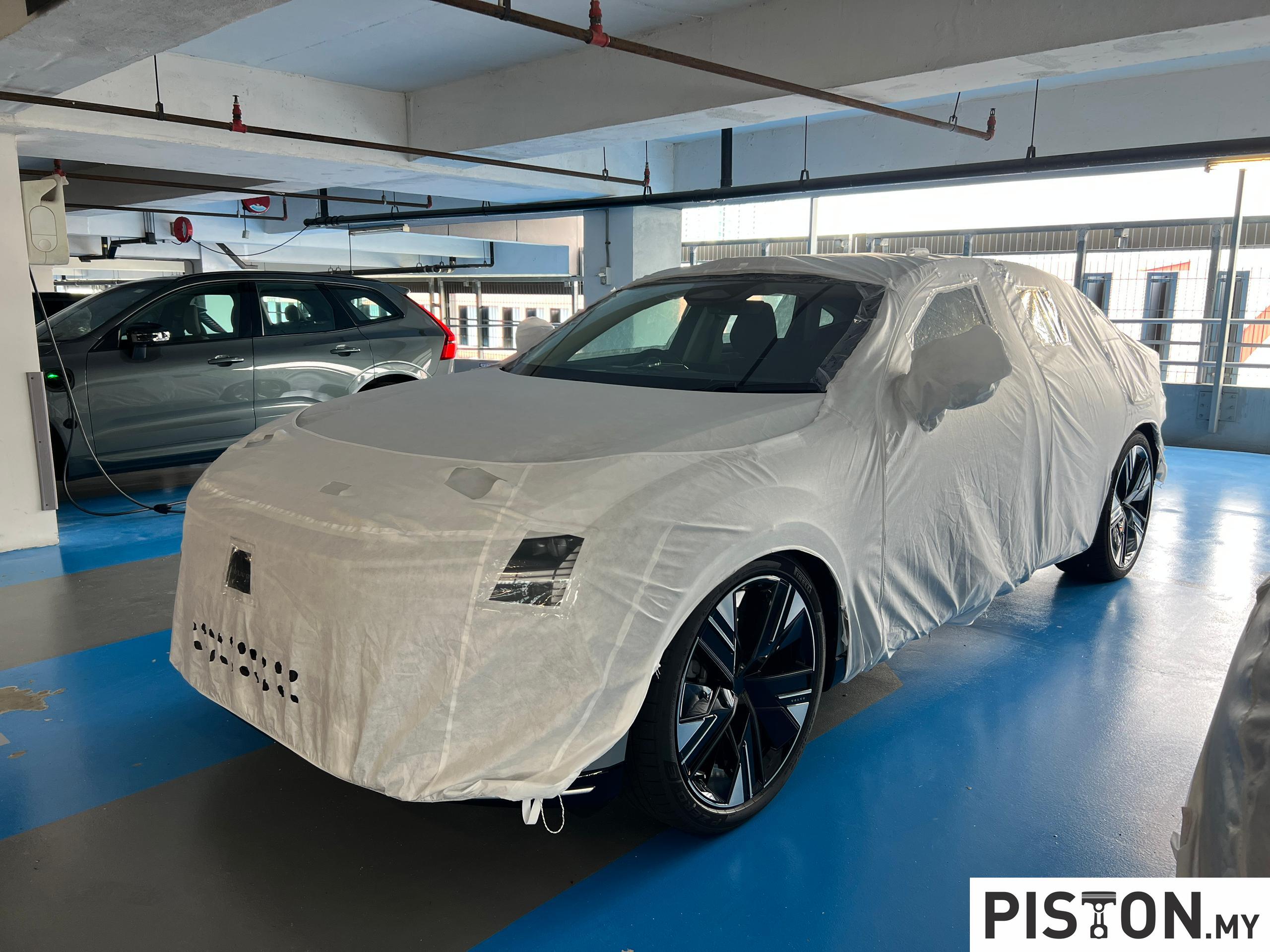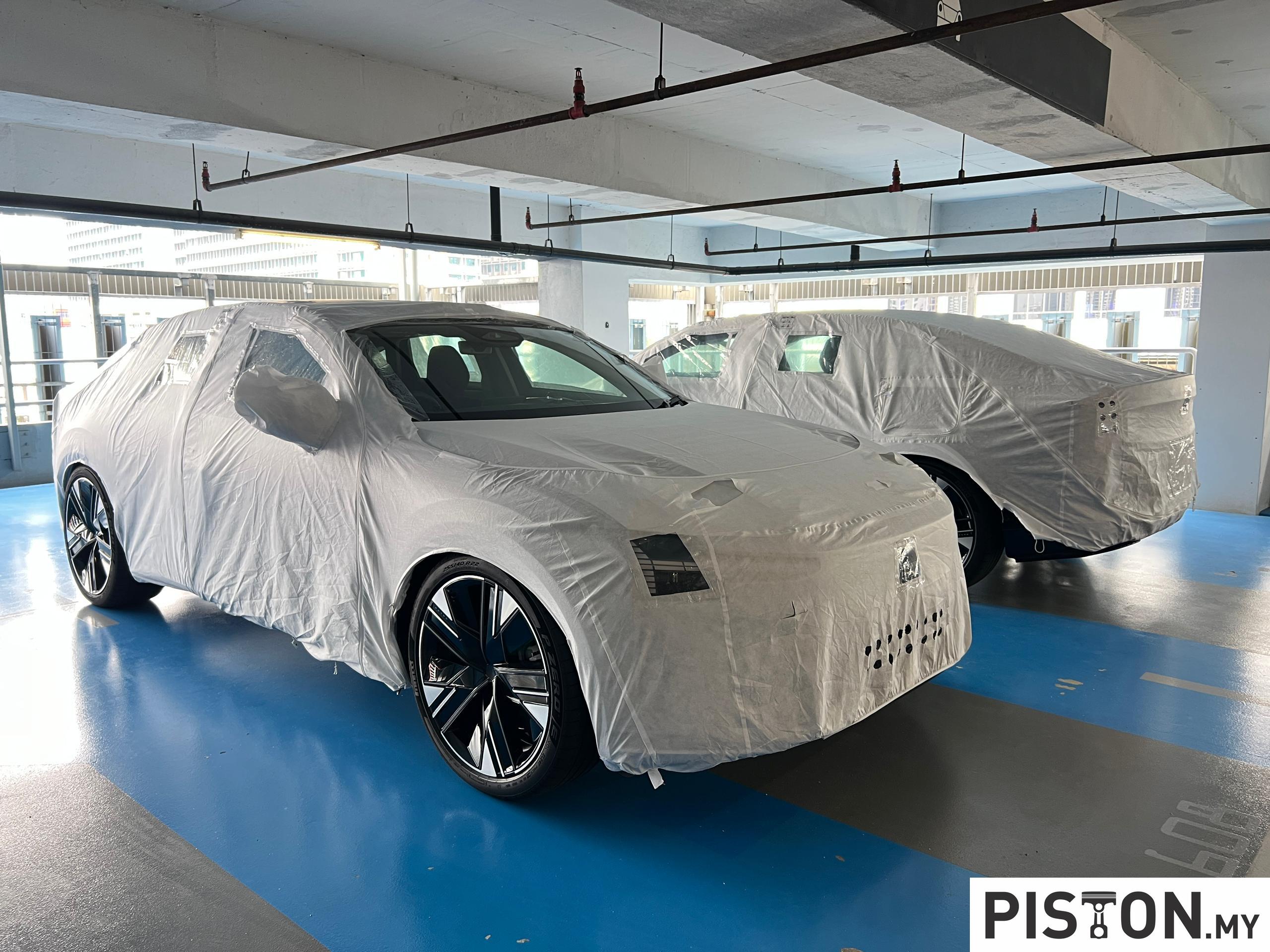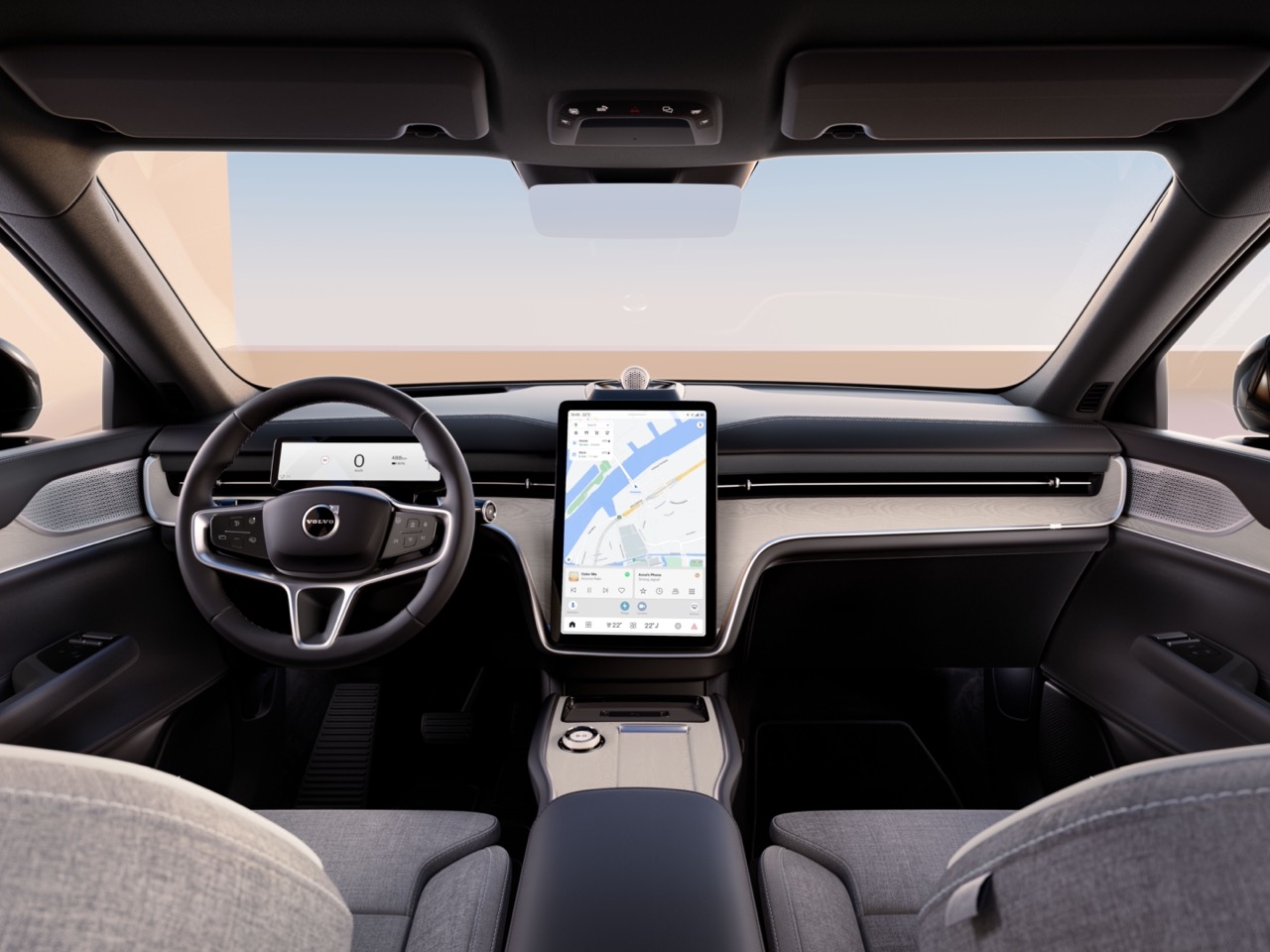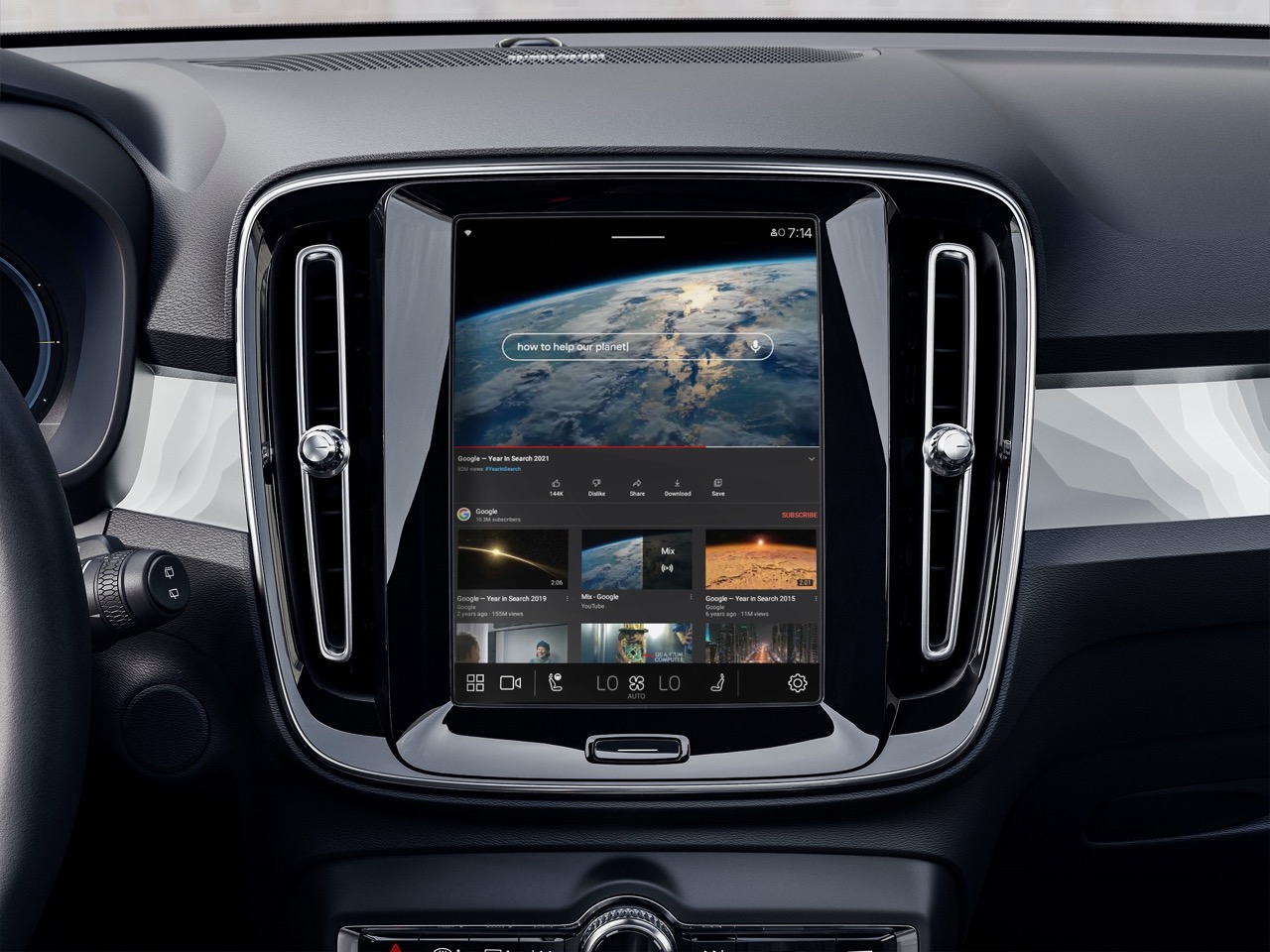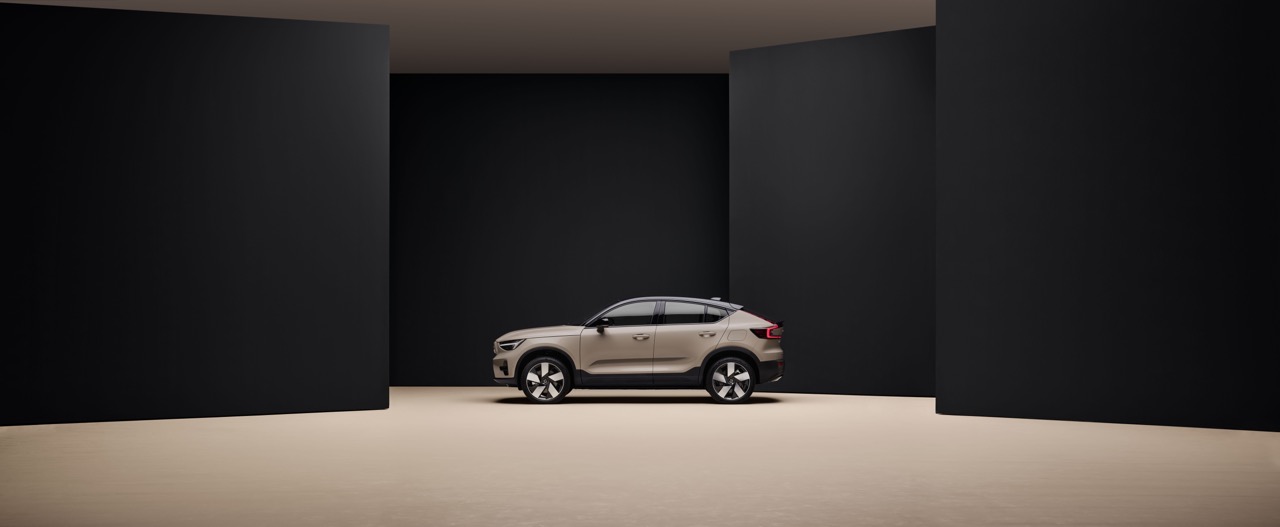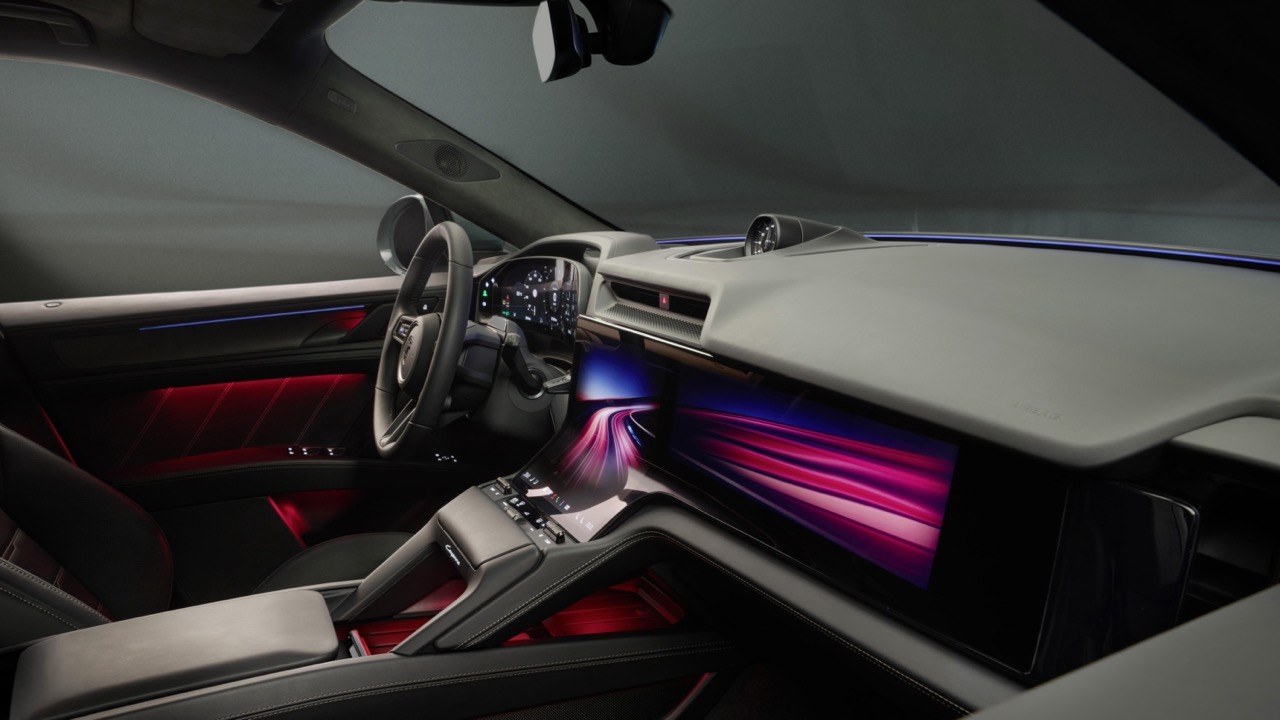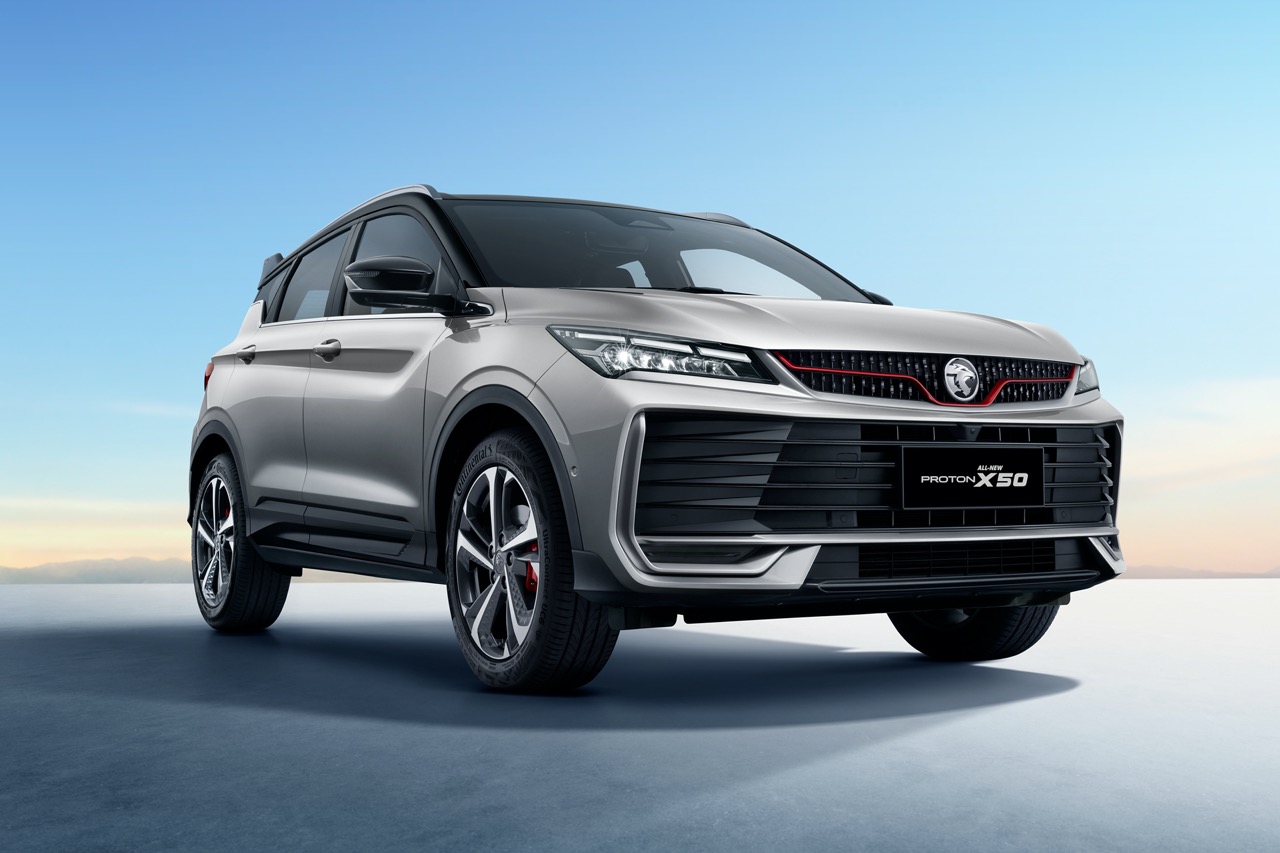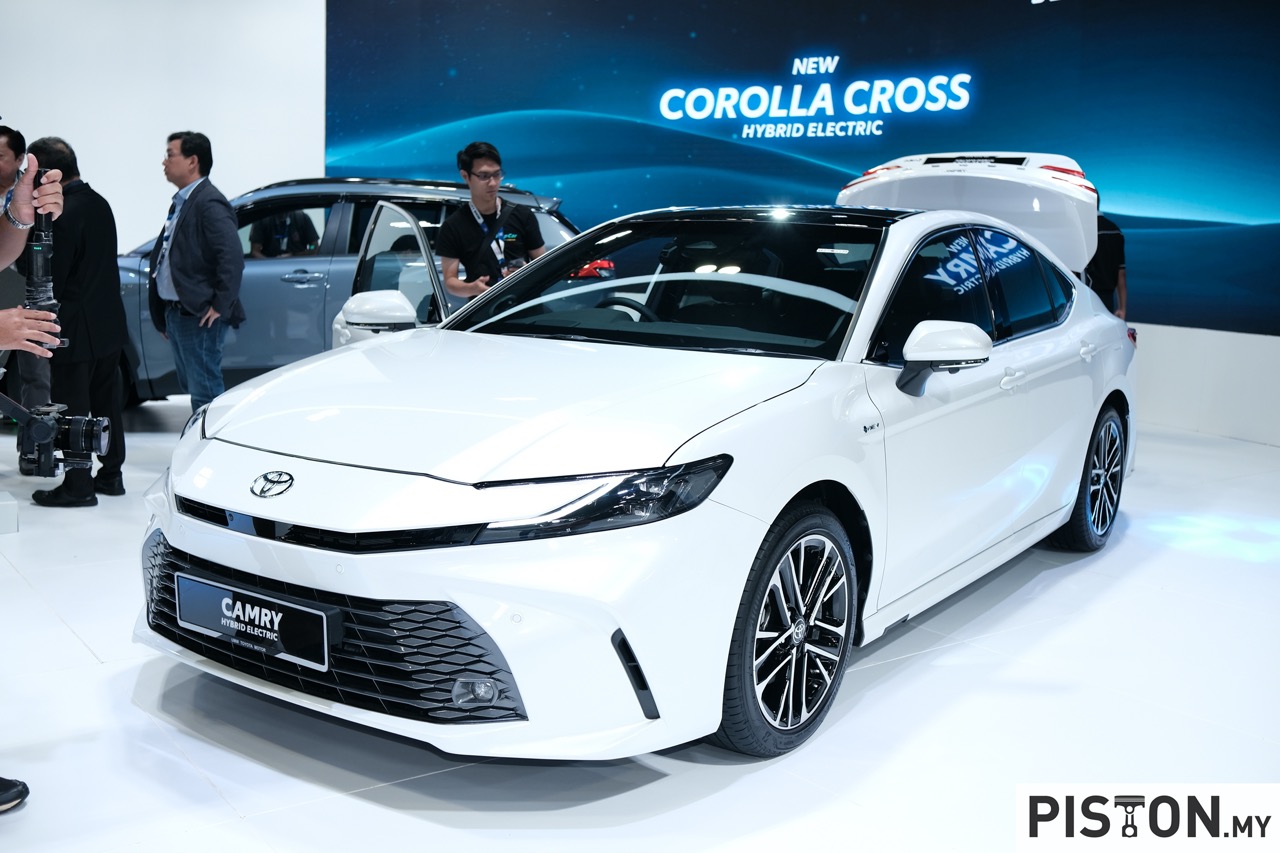For the upcoming model year, Volvo has given the XC60 a significant refresh, elevating its user experience, design, and comfort while introducing a faster, more responsive infotainment system. These updates aim to solidify the XC60’s status as Volvo’s best-selling model, which has achieved over 1.5 million sales worldwide since its debut in 2017. In 2024, the SUV even set a new sales record, reaffirming its strong market presence.
Next-Generation Infotainment and User Experience
The refreshed XC60 now features Volvo’s latest user experience, designed for safer and more intuitive interactions. A key highlight is the new 11.2-inch free-standing central touchscreen, offering a 21% increase in pixel density for sharper visuals. This updated system integrates multiple Google services* and allows for over-the-air updates**, extending its functionality beyond factory settings.
Powering this upgraded system is the next-generation Snapdragon Cockpit Platform from Qualcomm Technologies*, which makes the infotainment system more than twice as fast as before, with ten times faster graphics rendering. The result is a more responsive and seamless interface that enhances both convenience and safety.



